This or That: Which organization strategy works best for you? (Editorial)
ON THE DOTTED LINE: Using journals like this dotted one can help you stay organized while also being creative and colorful.
Trying to find an organizational style that works best for you can seem like a challenge and time commitment that you aren’t up for. There are so many options and it would take forever to try them all. After you find one, then you have to keep up with it! It just adds another thing that you could forget each day. Organized or not, you will still have the same amount of work to do and all of it will still be due at the same time so, why try? If anything, you have to put in even more effort.
In a time where health is a major concern, a structured life actually is beneficial. Beaumont Health, Michigan’s largest health care system, listed several of these benefits. They see stress relief, better sleep, free time, healthy living, and productivity as positive outcomes of staying organized.
Creating a list of all of the assignments and activities needed to be done and when they are completed can help increase motivation and decrease the overwhelmed emotions. The busy day will now appear more manageable when taken step by step.
These systems are not solely used for schools and workplaces; they can also be taken advantage of in all aspects of life whether it be workout routines, meal prep, or vacations. Anything can be put into a structure that works best for the individual in charge in order to eliminate any possibility of forgetfulness or mistakes in scheduling.
Although the public education system always offered up the basic agenda as the best system, there are many other options out there to be researched. Some people may find to-do lists to be perfect, others a basic calendar format, but for some, the aesthetics of a bullet journal cannot be passed up.
Bullet journaling has not been something I have explored personally due to an unusual satisfaction found in crossing off of a list, but it will forever be something I enjoy looking at. I really do admire the effort put in to make them color coordinated and beautiful.
If you like the easy answer, you are not alone. I am also a believer in “blank” for dummies. When researching the methods of madness that go into bullet journaling, I found a cheat sheet by Little Coffee Fox, a small business with a very helpful owner who is there to help guide and inspire.
Author Shelby Abrahamsen, used her own research to summarize bullet journaling as “a planner system that allows you to plan for the future, track the past, all while making the most of the present.”
The entire process involves an index, monthlies, dailies, collections, etc. Abrahamsen even walks the reader through different terminology that is helpful for beginners. As the guide continues she mentions materials needed, recommendations, how things work, and so on.
All that is essential is a journal and a pen, but it gets fancy when individuals start to choose mixed mediums such as paints and markers as well as different styles of papers such as grids. Special skills become a part of the works when the artist chooses to learn calligraphy and simple designs to really pull together details and themes. It becomes almost scrapbook-like with stickers and special scissors to add finishing touches.
This is definitely a more advanced option, but a valid one at the least. Starting off small is always a good start. As mentioned before, the organization helps with motivation. This may and will take form in the things being organized but may also extend into the organization itself. Who knows? Maybe you could gain a new hobby/ secret addiction to the method itself.
If no method thus far has caught your eye, material organization might not be written in the stars for you; not everybody finds the same things helpful. As a young adult, I do not hold all of the experience in the world. In situations such as these, it is always nice to hear what others have found through their own unique encounters.
University of Colorado Boulder Senior, Katie Hogan, has found some unconventional methods to produce the same results. Sticking with paper options, separating work by subject, or similarities into folders or binders is always a good way to go. This way, all materials are easy to find and neat for quick access. It can be clumped in with a method known as color coordinating.
A focus on sleep also can prove to relieve the lack of productivity felt throughout the day. Staying well rested eliminates the hustle and bustle feeling that becomes overwhelming and makes the brain race. If things are able to be taken slow and steady, forgetting things becomes rare.
Getting prepared the night before may also help with getting well rested and feeling ready for the day. Planning an outfit, making sure materials are put away, reviewing the expectations for the next day all work together to relieve the stress of things piling on. You always have to expect the unexpected.
Last but not least, a solid daily routine eliminates cramming and chaos. Planning ahead for how much time should be allotted to certain areas creates balance. Nobody likes feeling like they have no free time to do fun activities and no work. If you specifically plan out time slots for obligations, you find that you can stay focused, remove distractions, and complete more in a day than you otherwise could have.
There are so many options out in the world and so many that haven’t even been discovered. The trick is finding what works best personally, and sticking with it to maximize the health benefits it can have. These methods do not have to be physical, but they can involve staying mentally on top of things and prepared. Explore what makes you feel satisfied!
Disclaimer: Articles designated as “Editorial” represent the views and opinions of the author, not the 2020-2021 Periscope staff, CHS/CASD administration, or the CHS student body.
Want to help the Herd? Please consider supporting the Periscope program. Your donation will support the student journalists of CHS and allow us to purchase equipment, send students to workshops/camps, and cover our annual website hosting costs.

Heidi Heinlein is currently a sophomore at Carlisle High School. This is her second year as a staff member for Periscope. She is a co-editor of the perspectives...




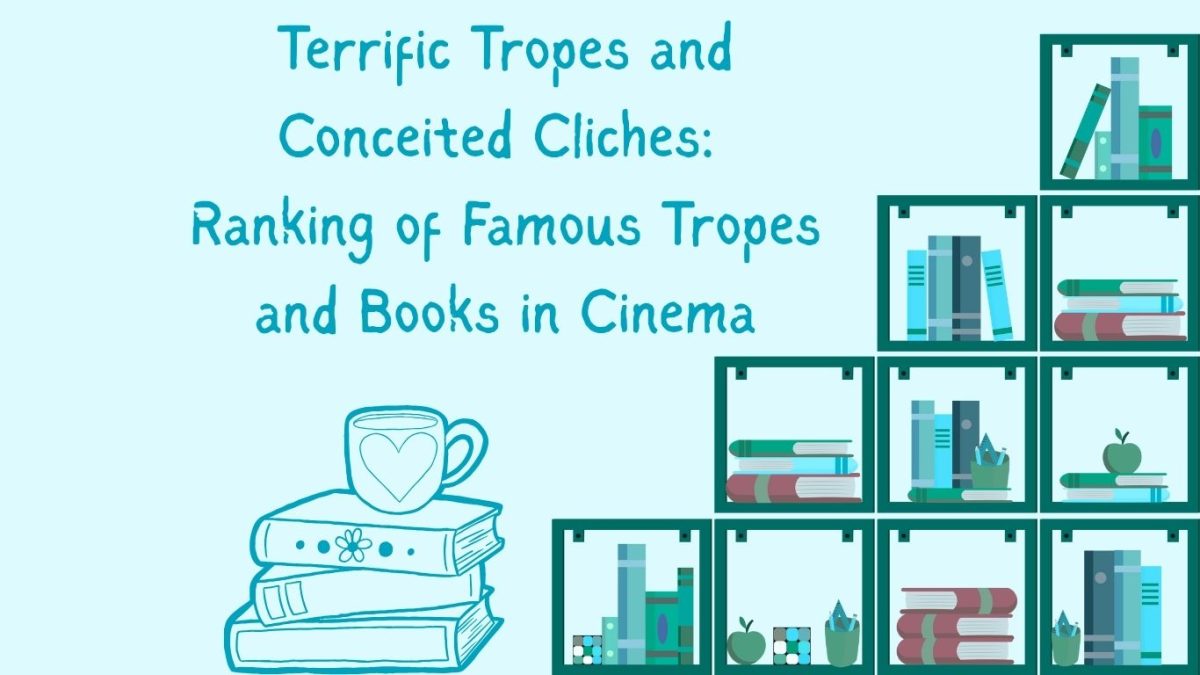

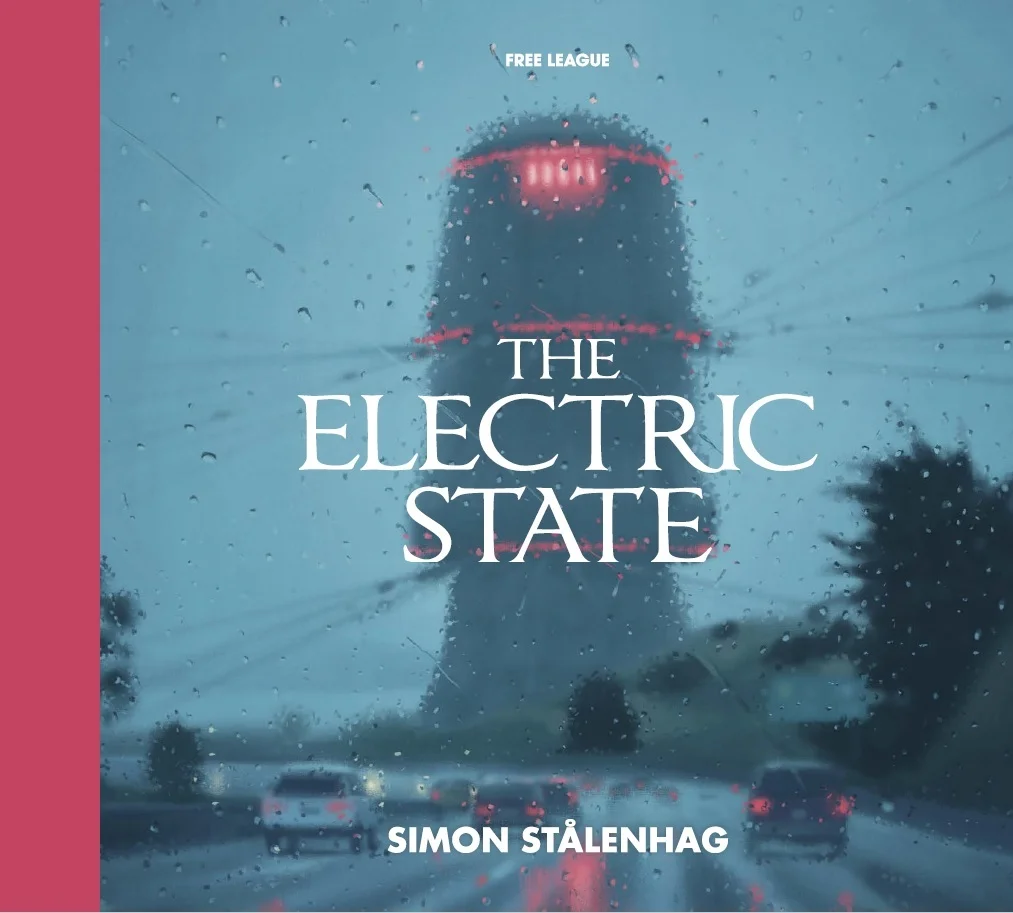





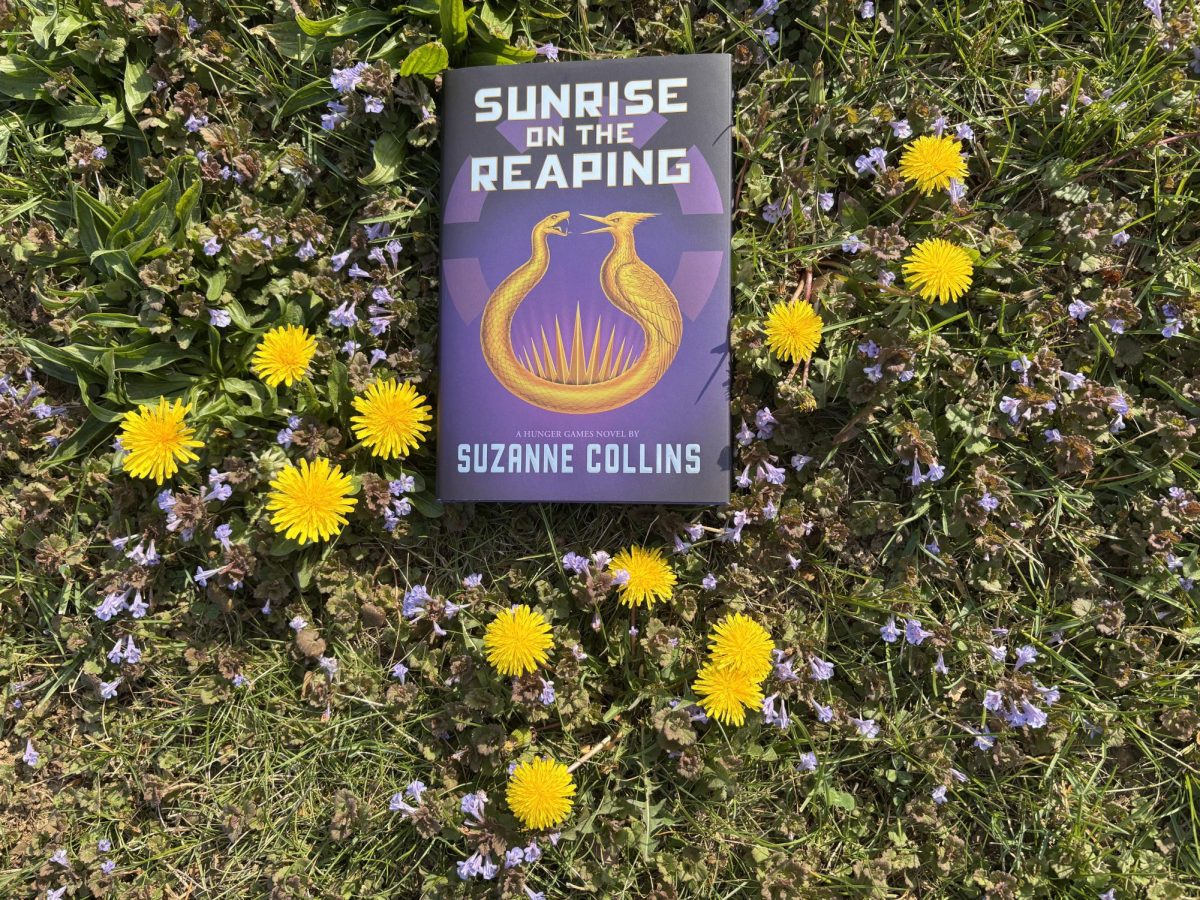



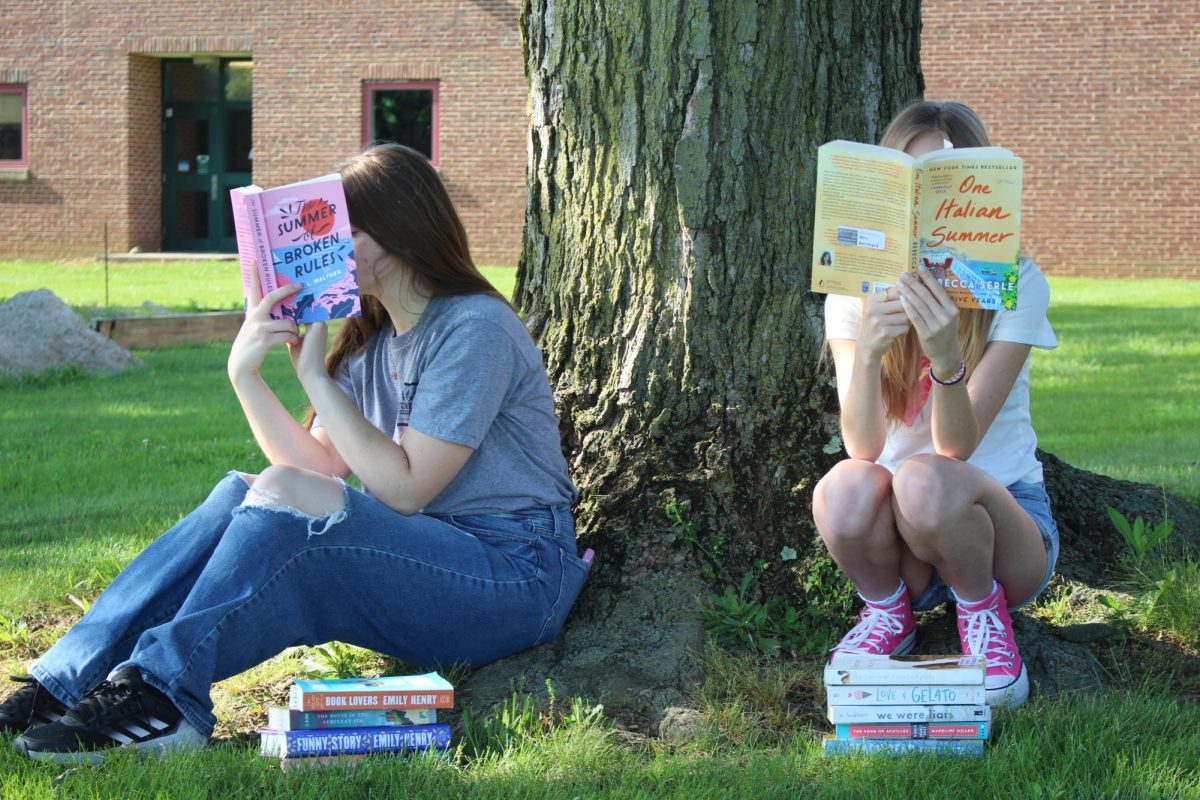
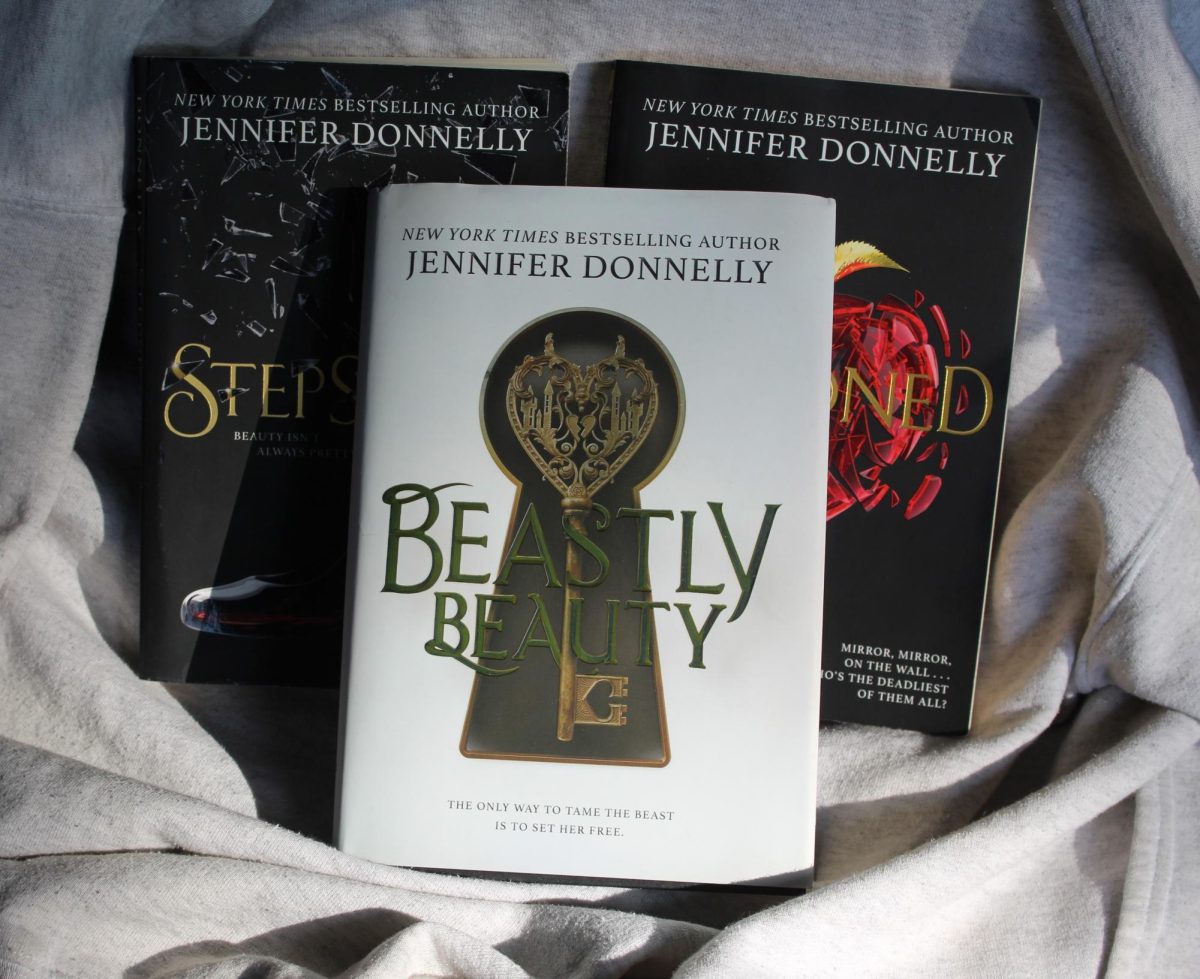
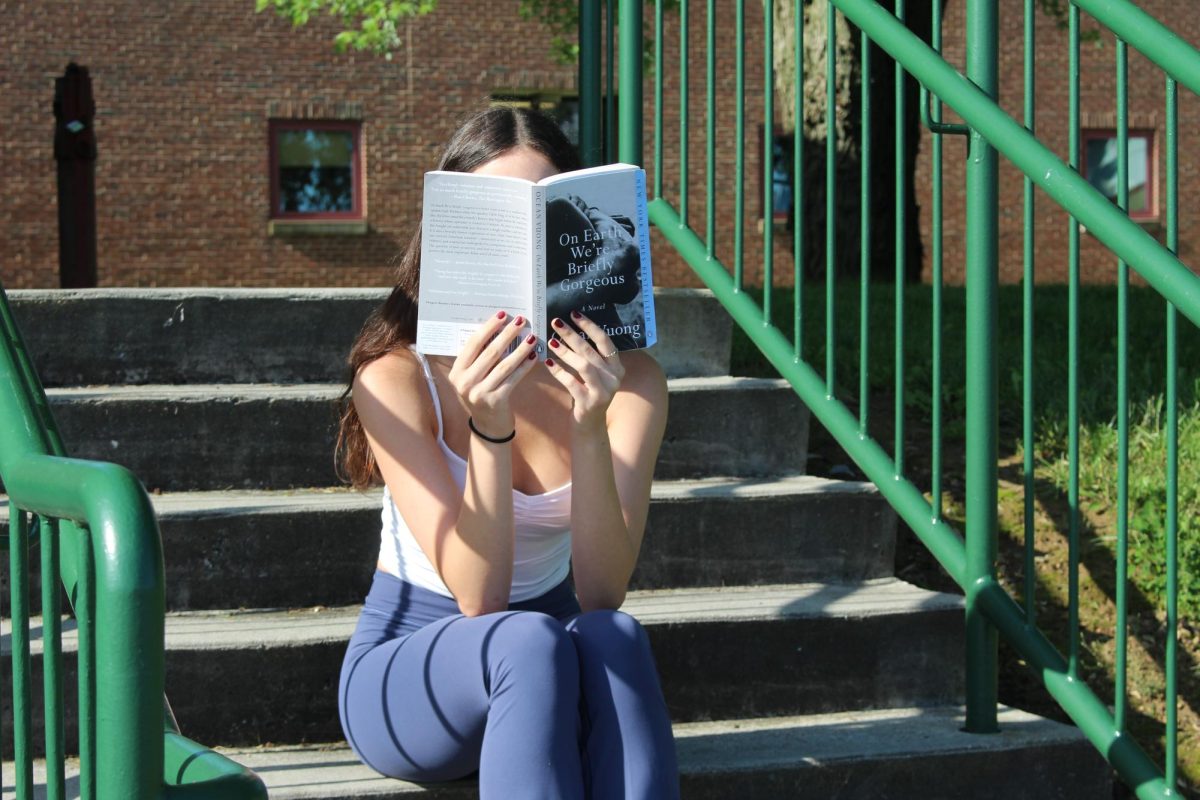
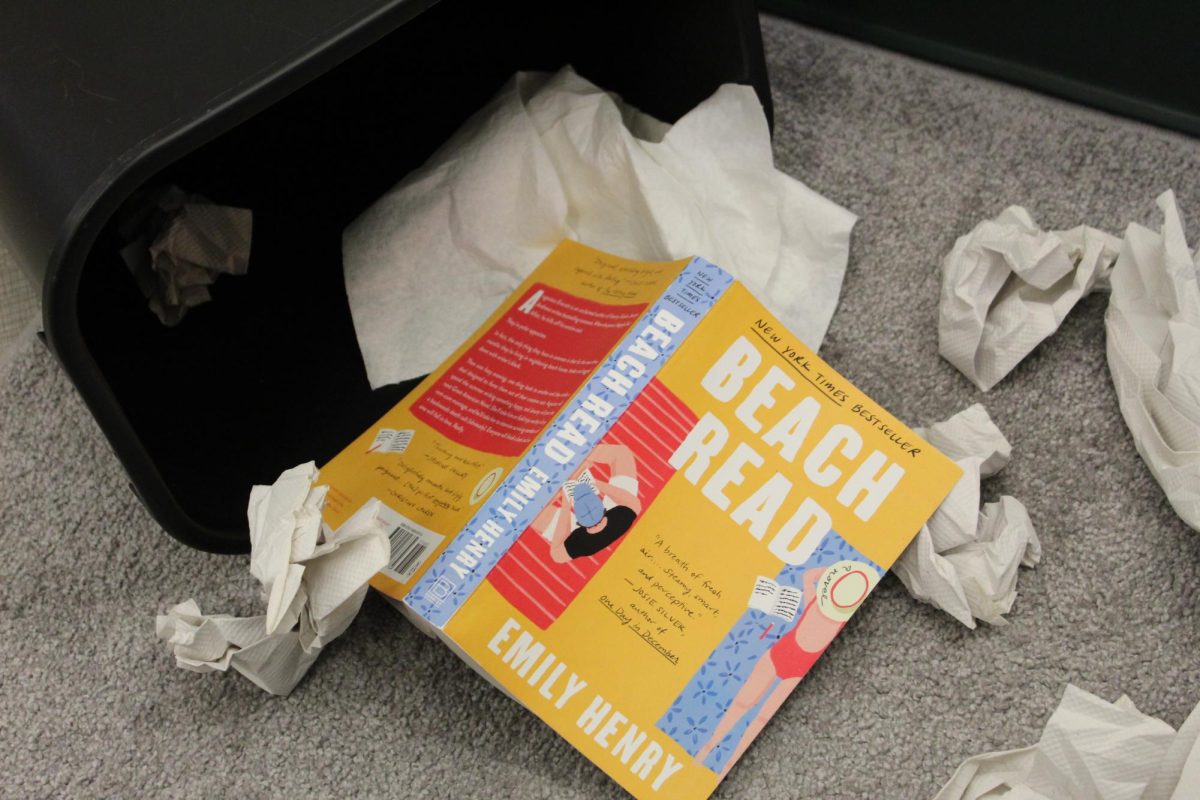




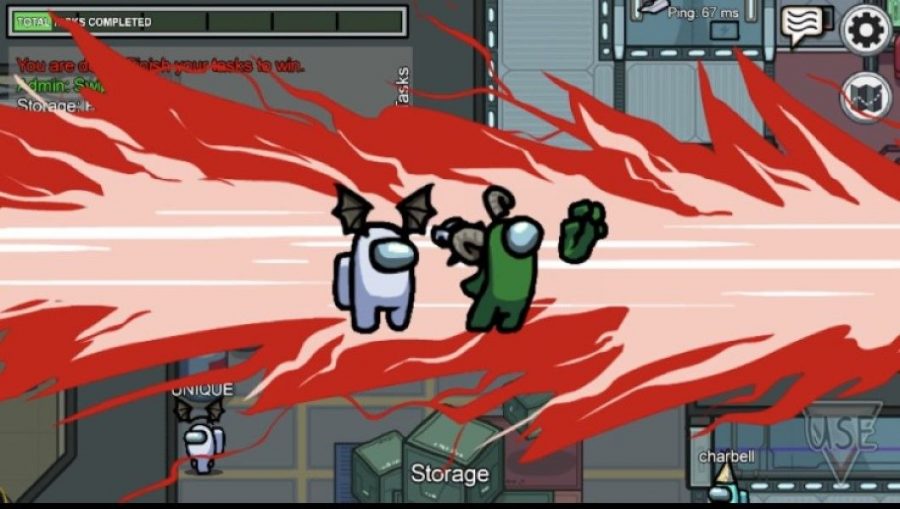


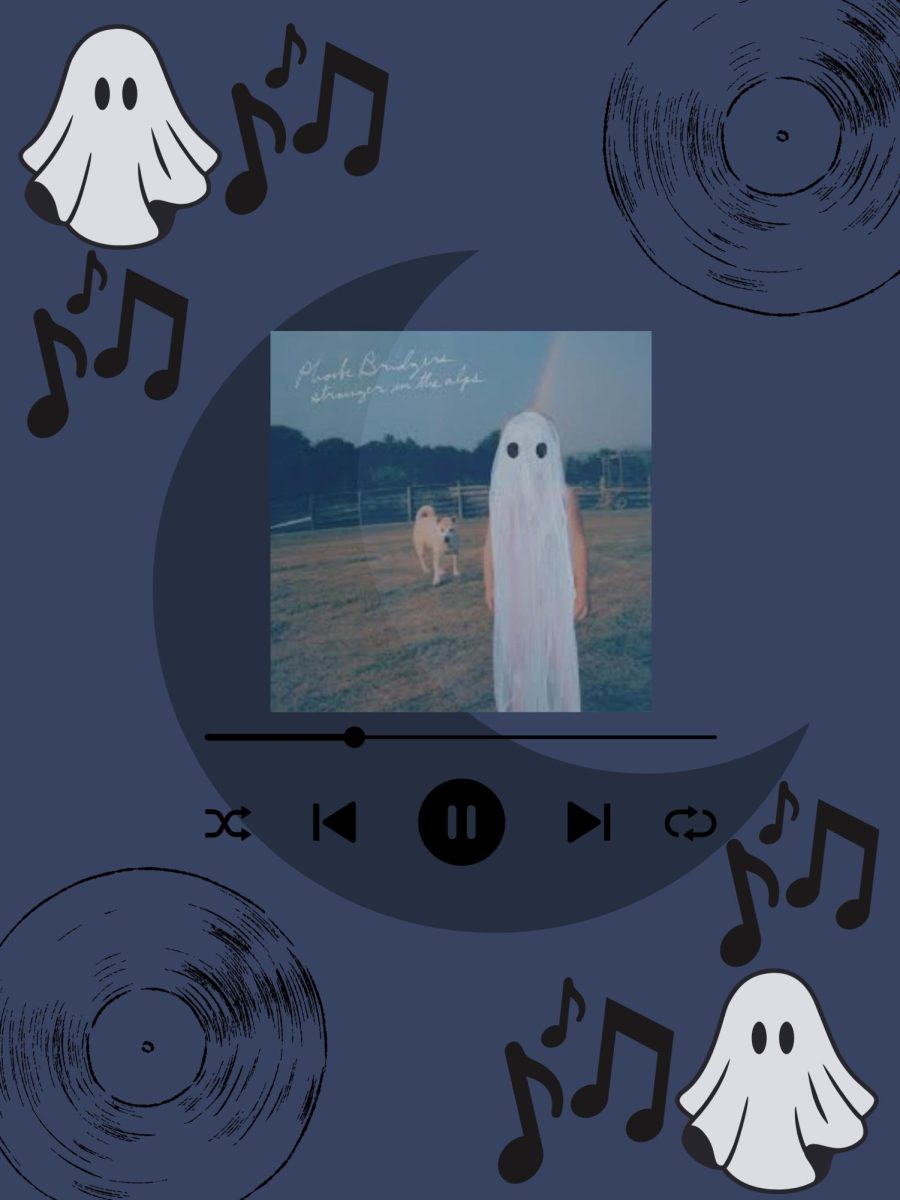
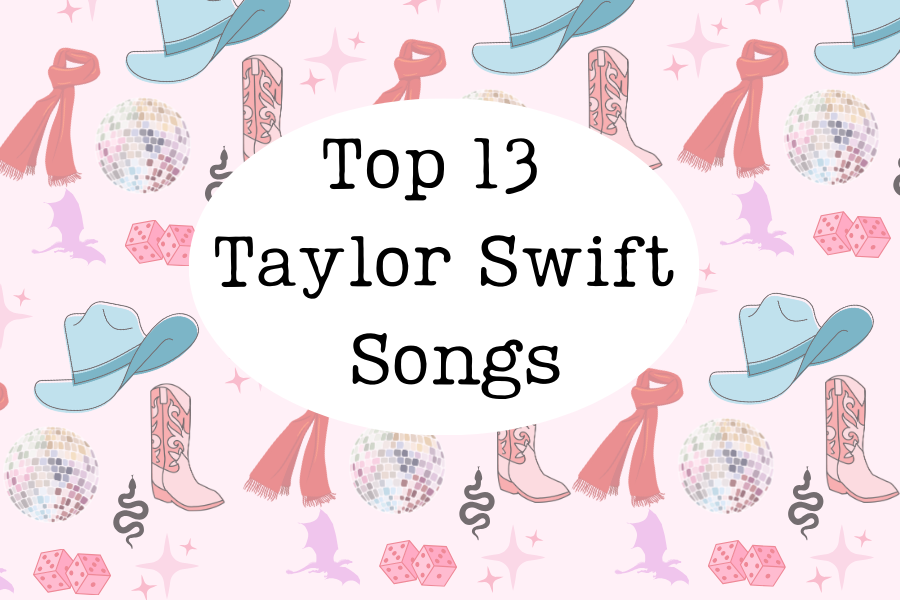
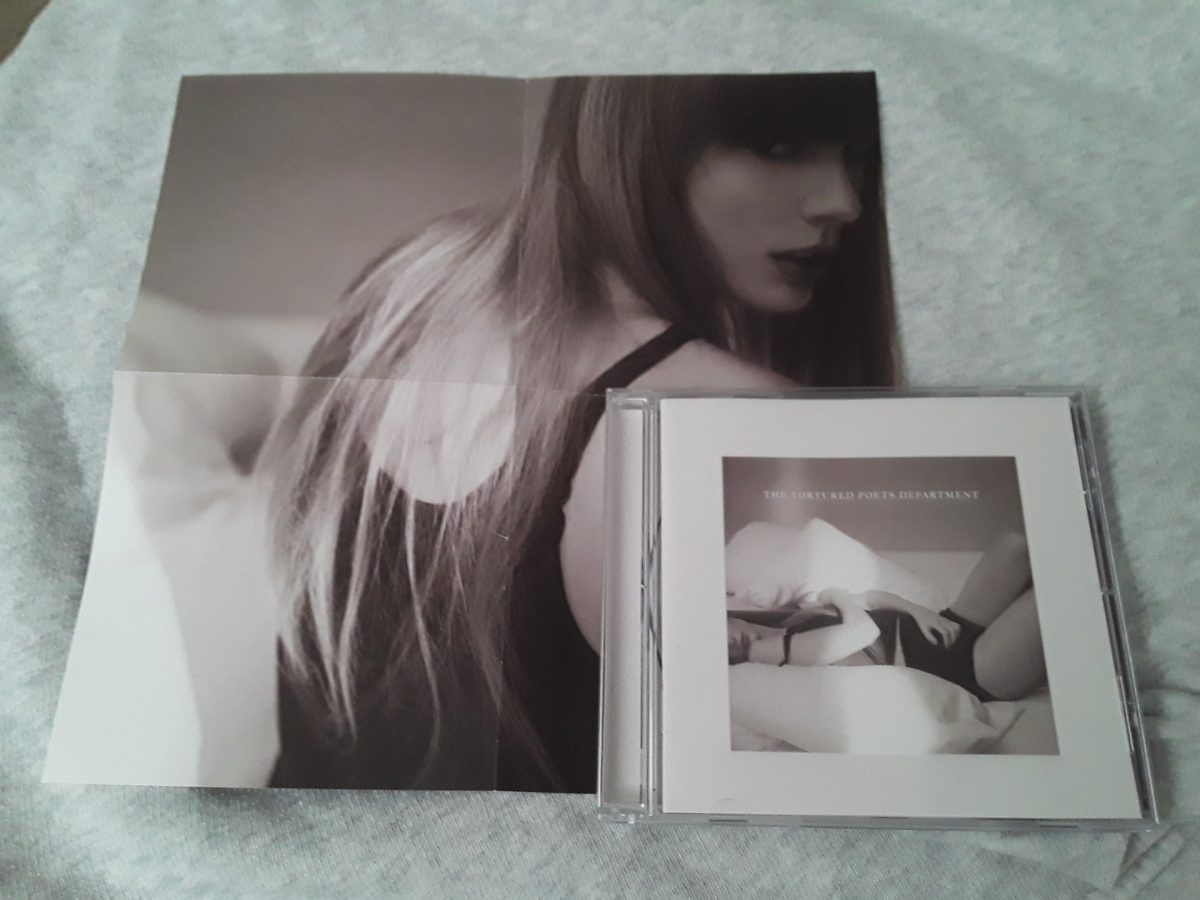
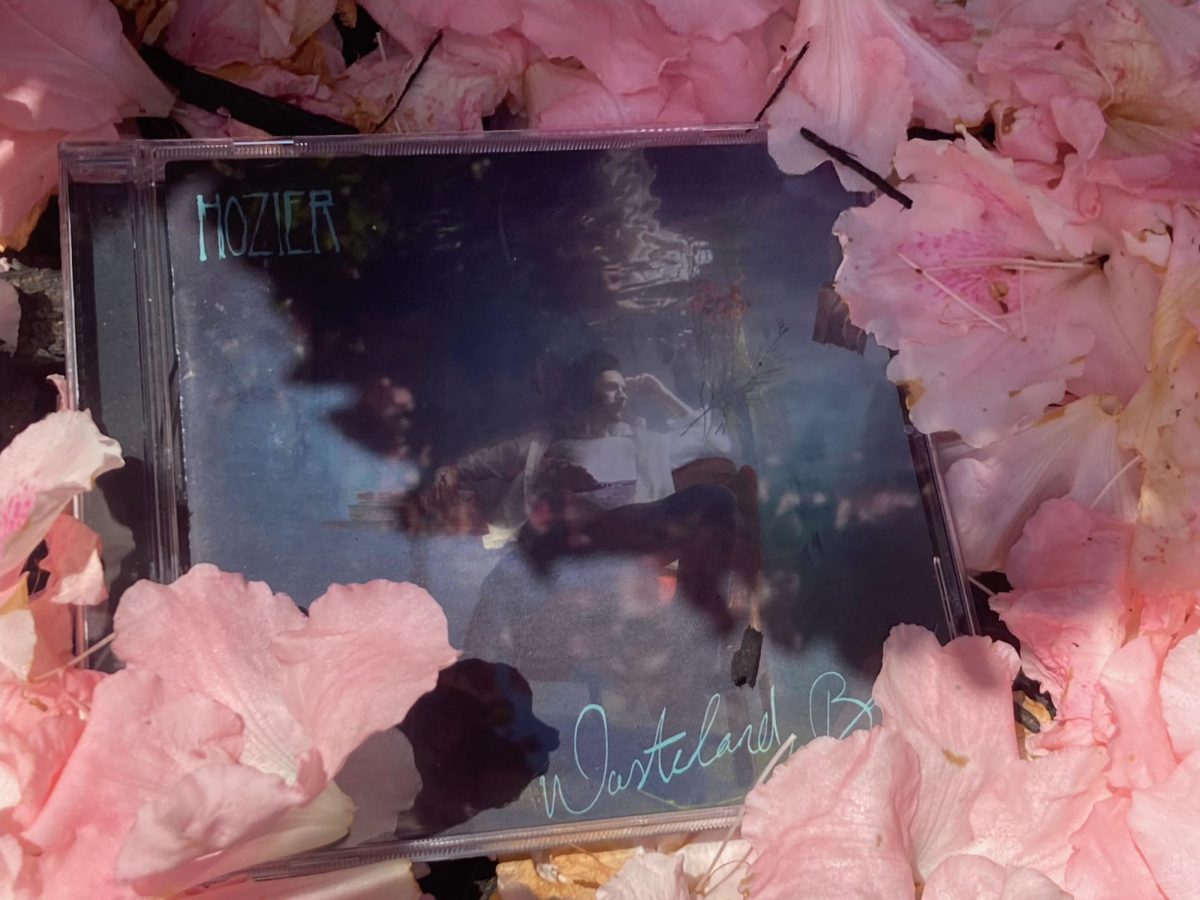







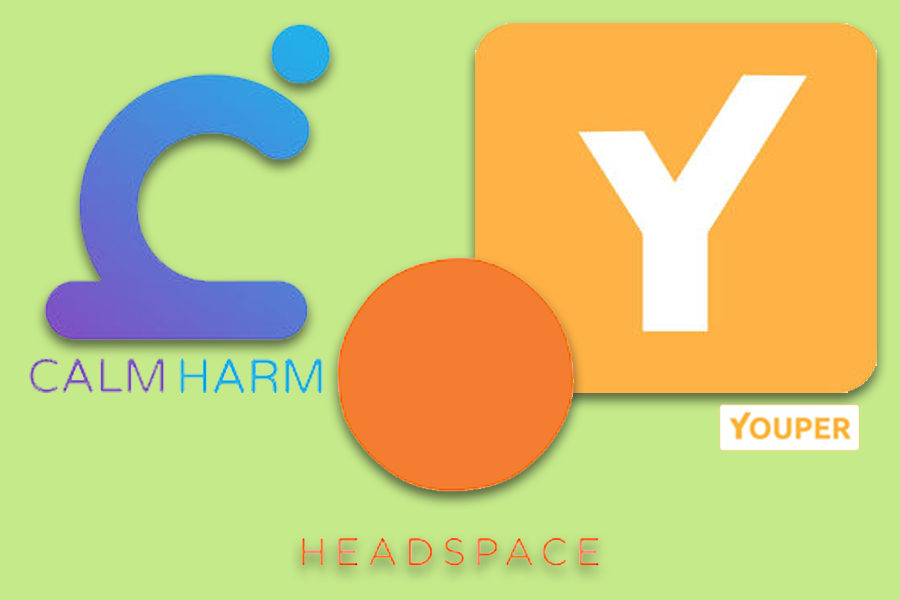
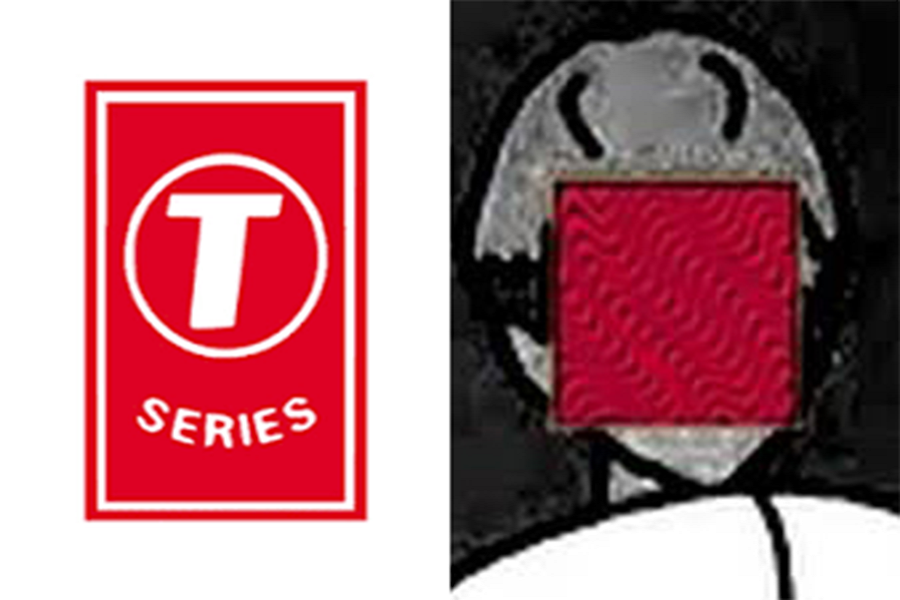



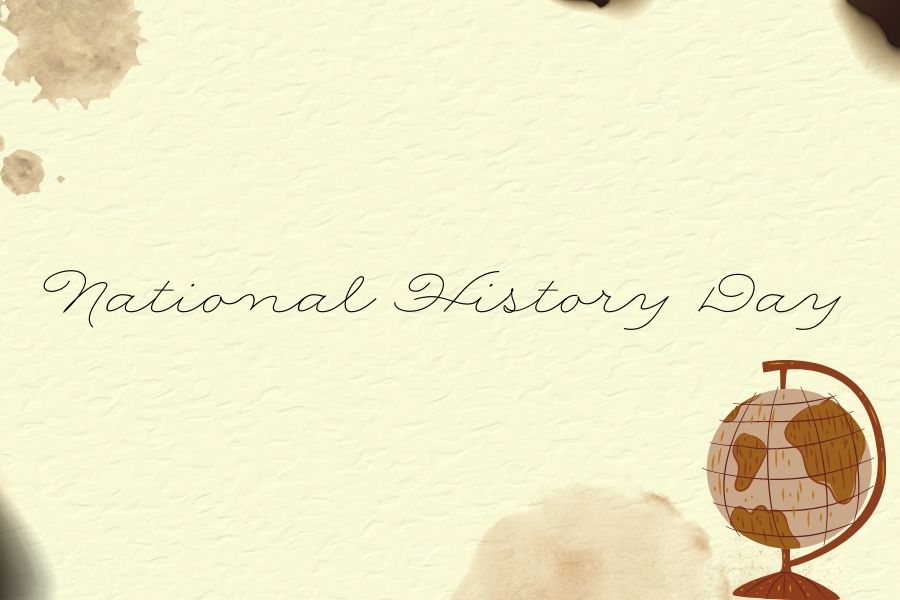














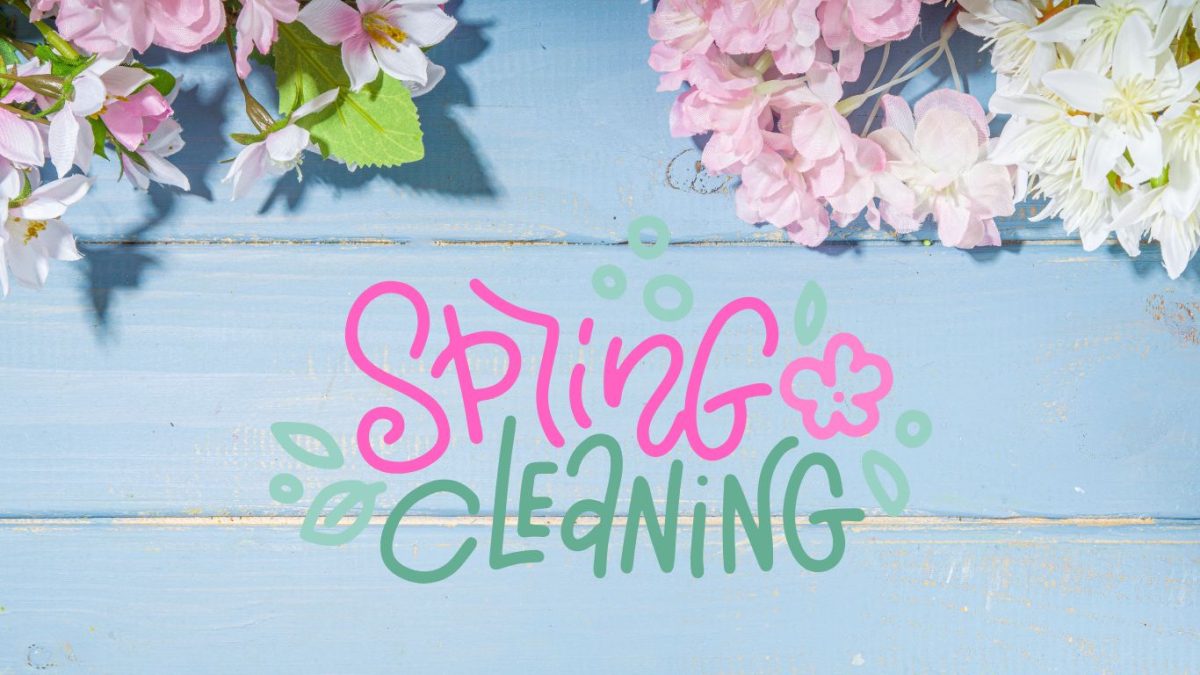






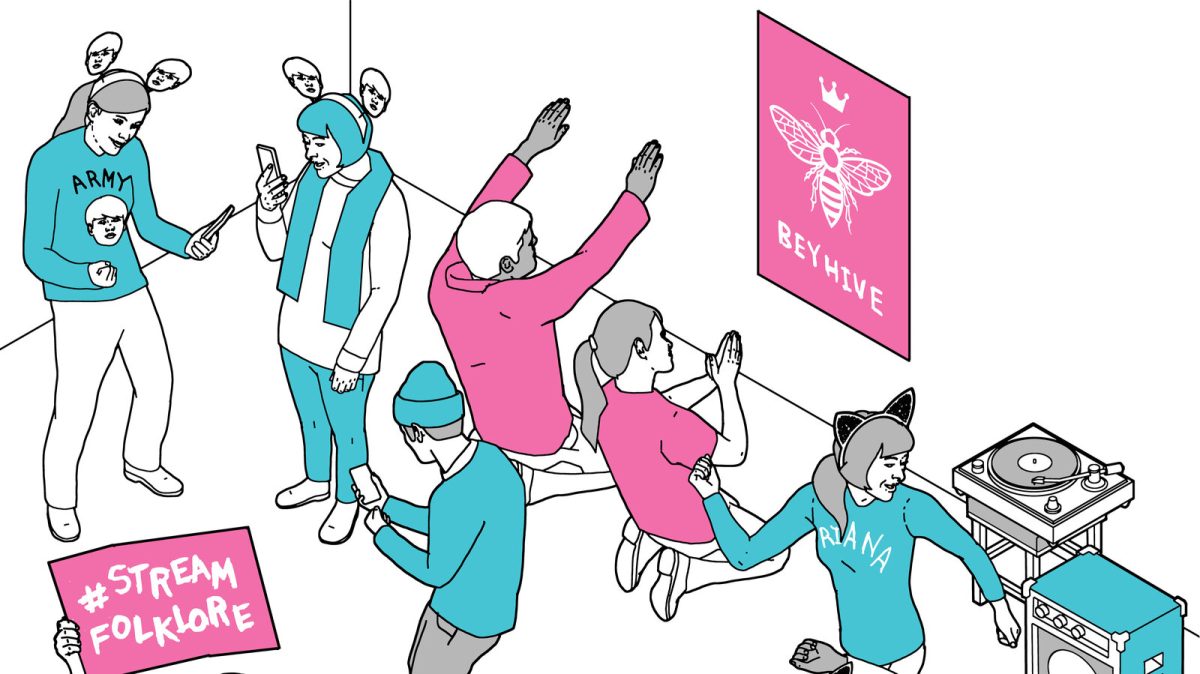
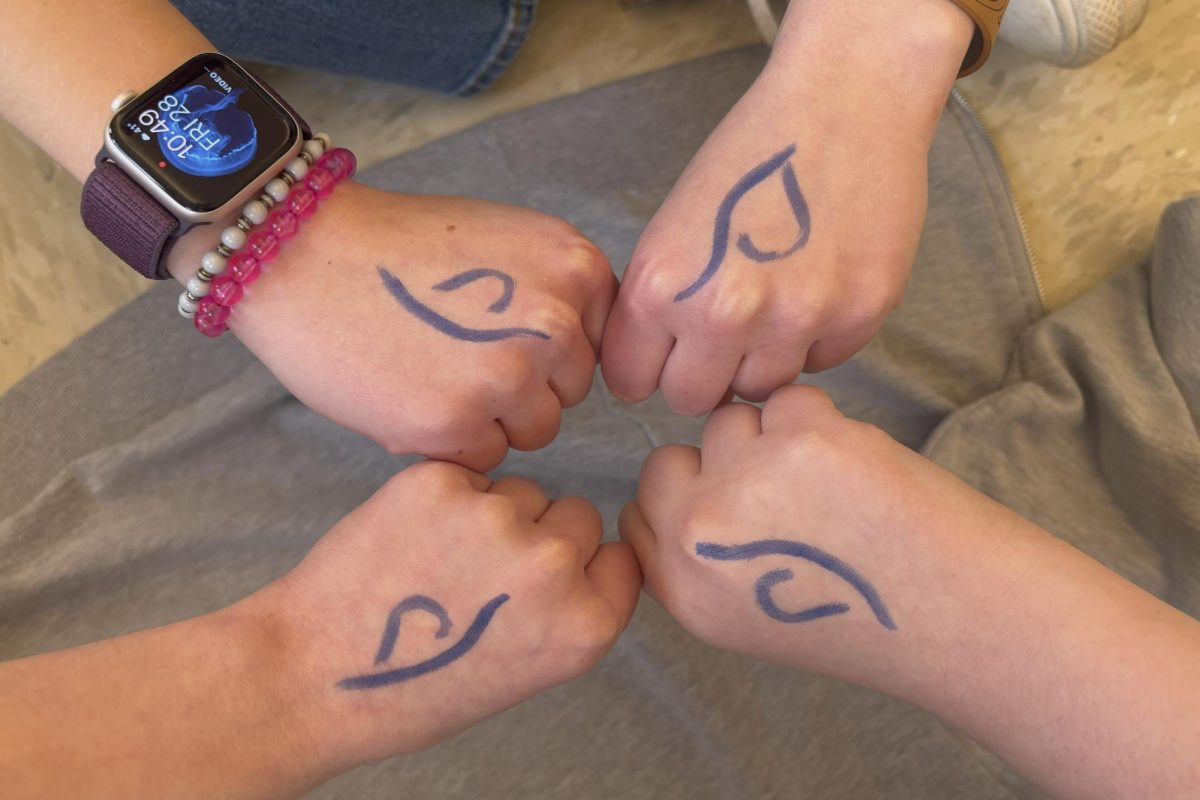

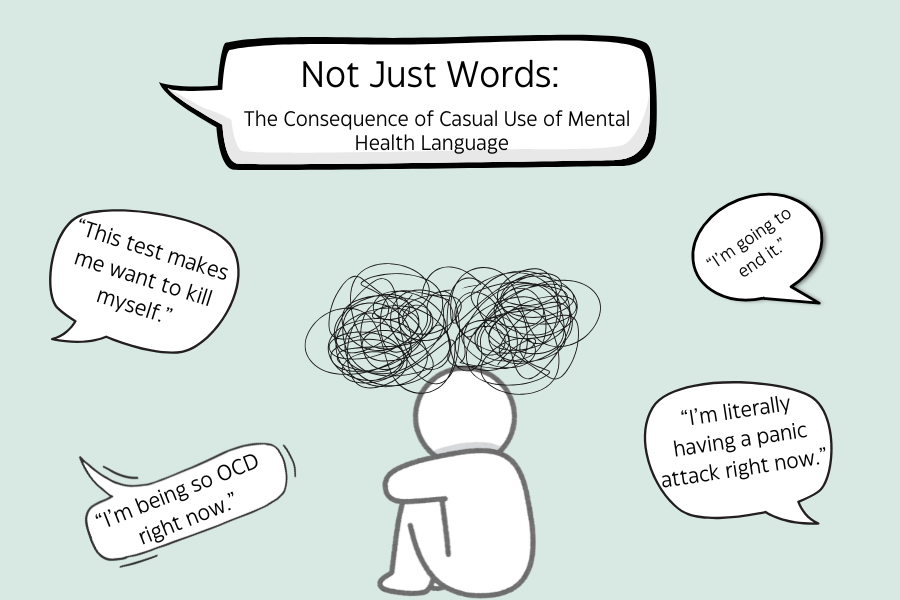



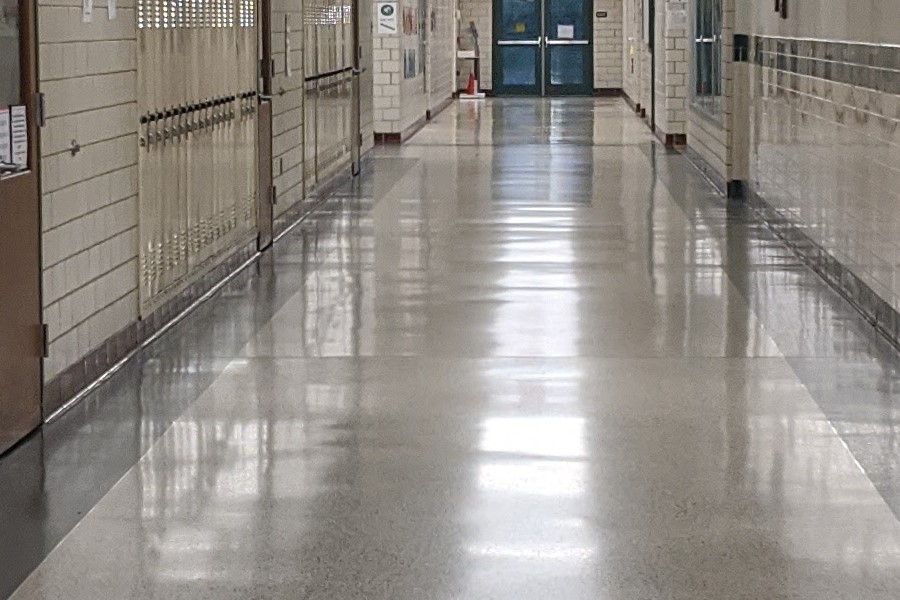
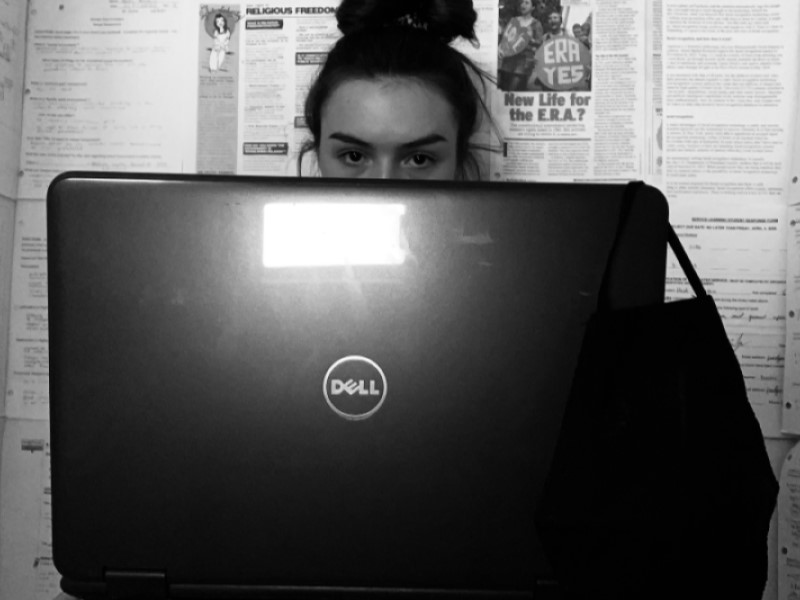
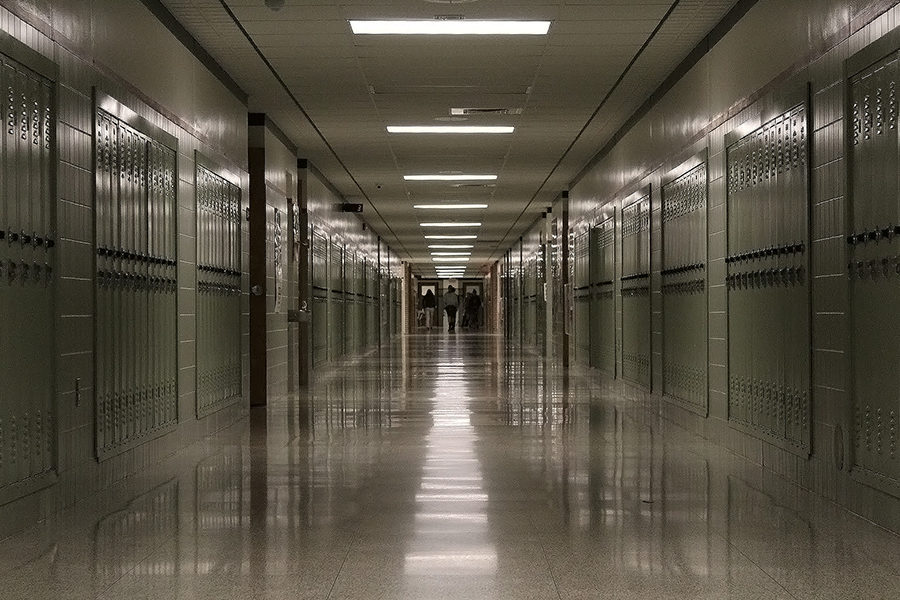



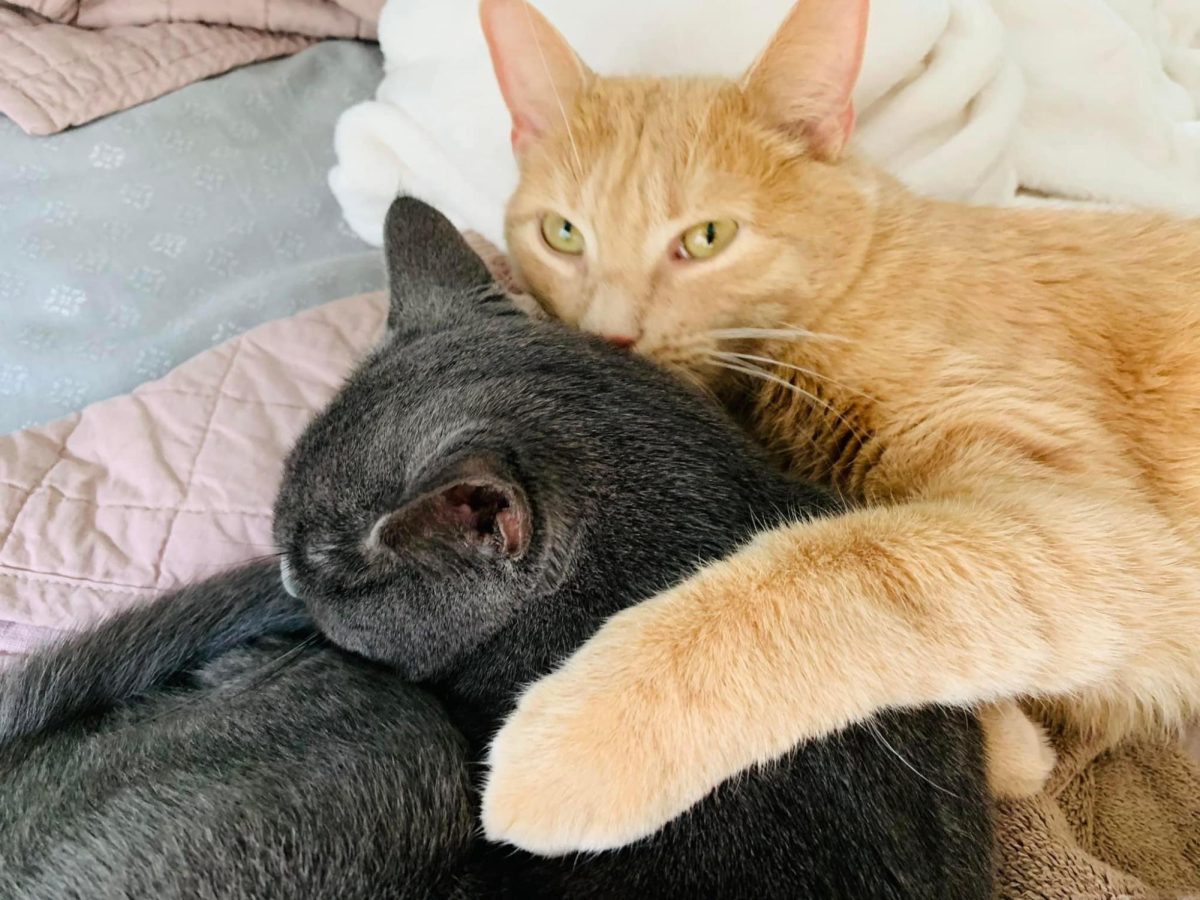


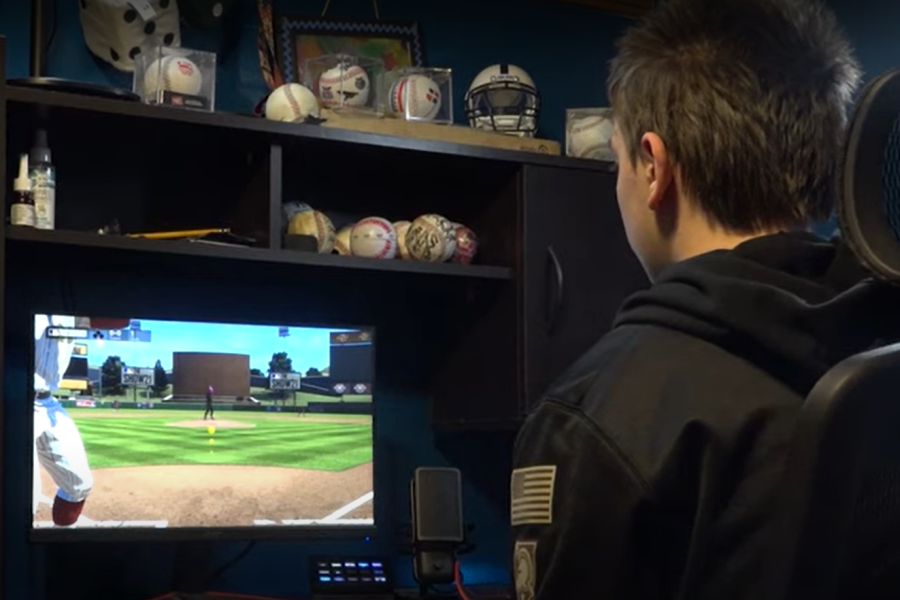

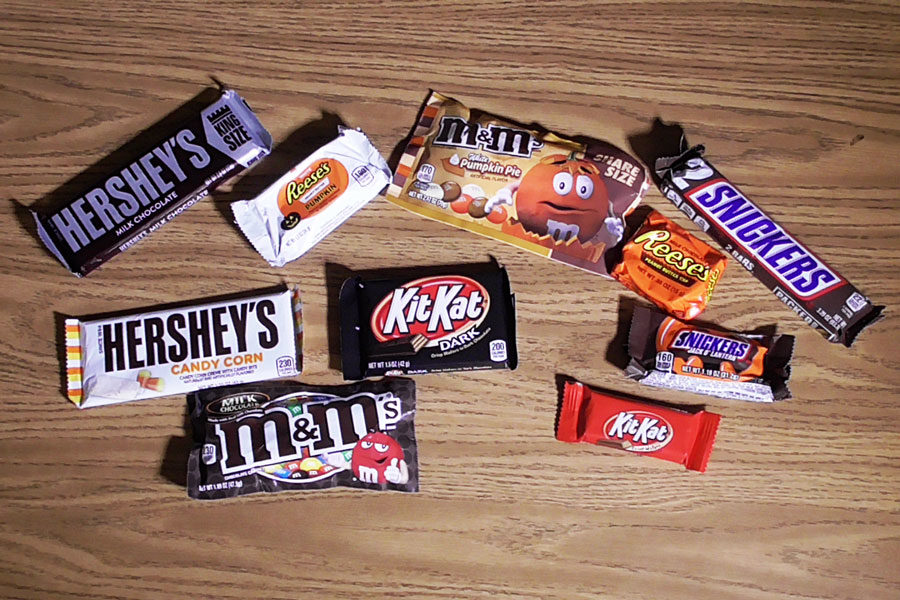








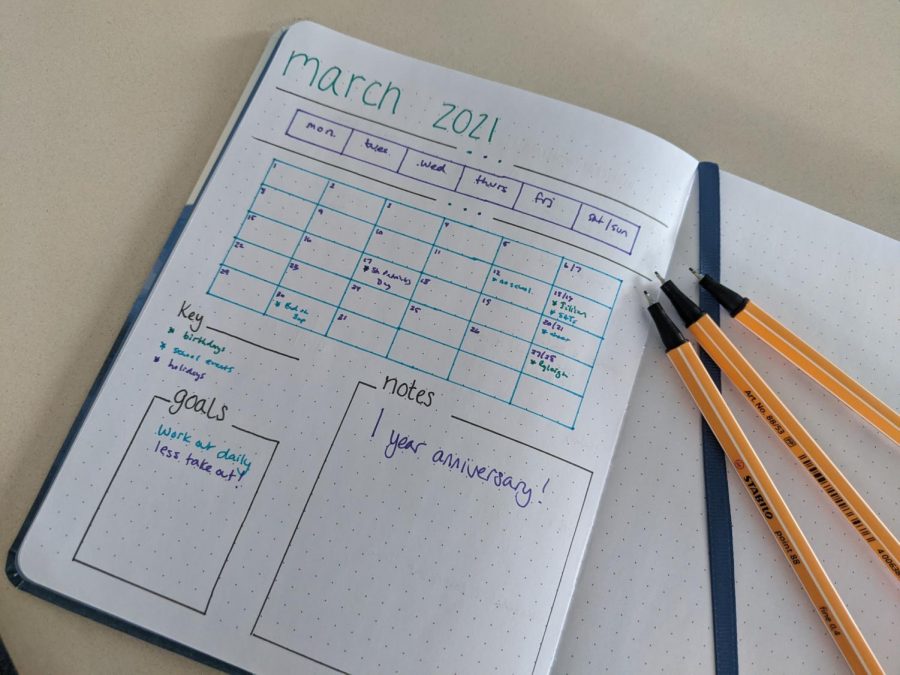


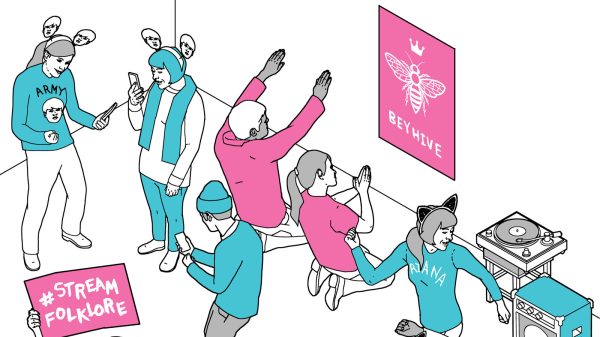
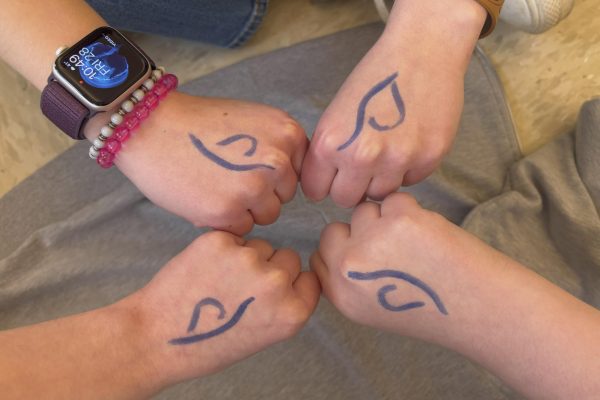




Logan Forbes • Oct 26, 2021 at 1:41 pm
Great article! Your understanding that trying different organization methods can take a lot of time and having no extra time to do fun stuff can be discouraging helps the reader better relate to this article, and it encourages them to further investigate other organization options.
Kathleen O'Neill • Mar 28, 2021 at 11:02 pm
Happy anniversary!! (In 2 days of course)